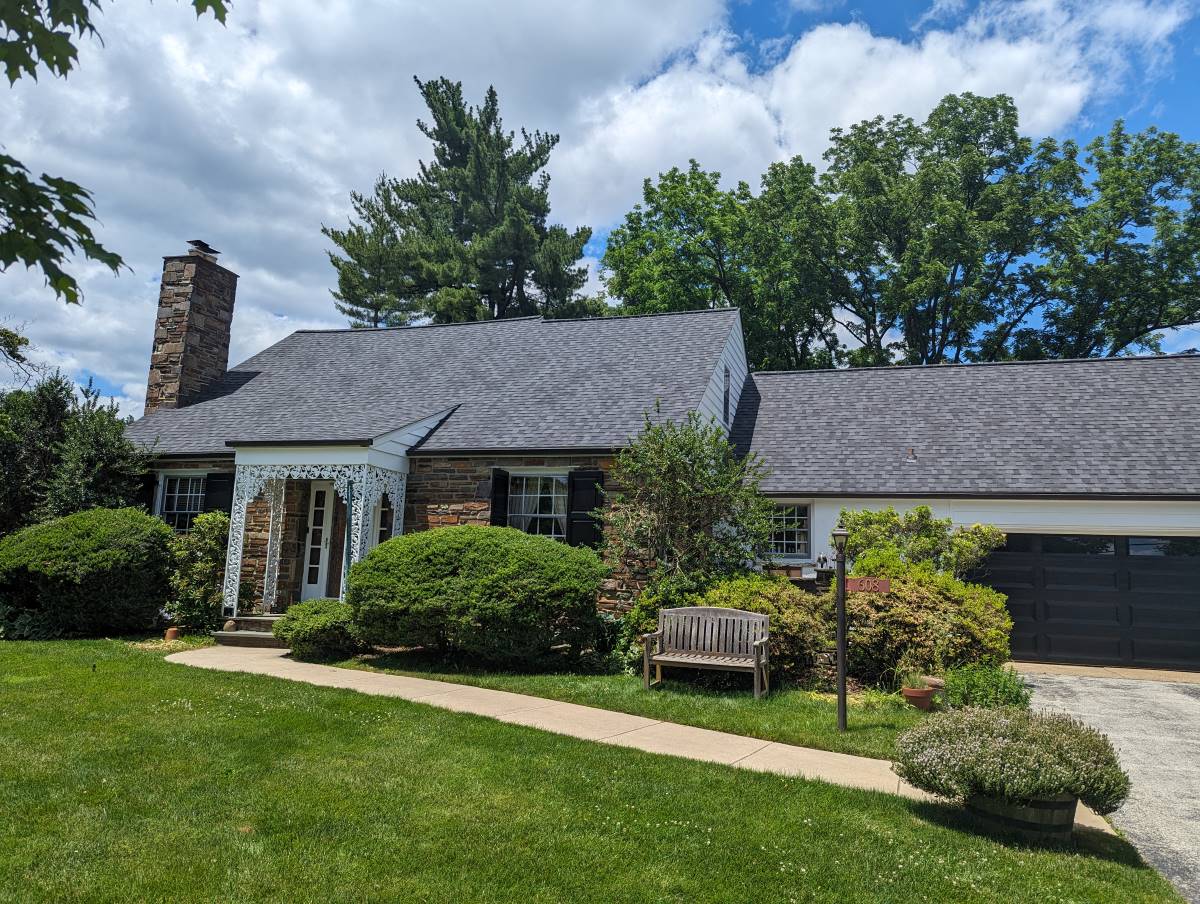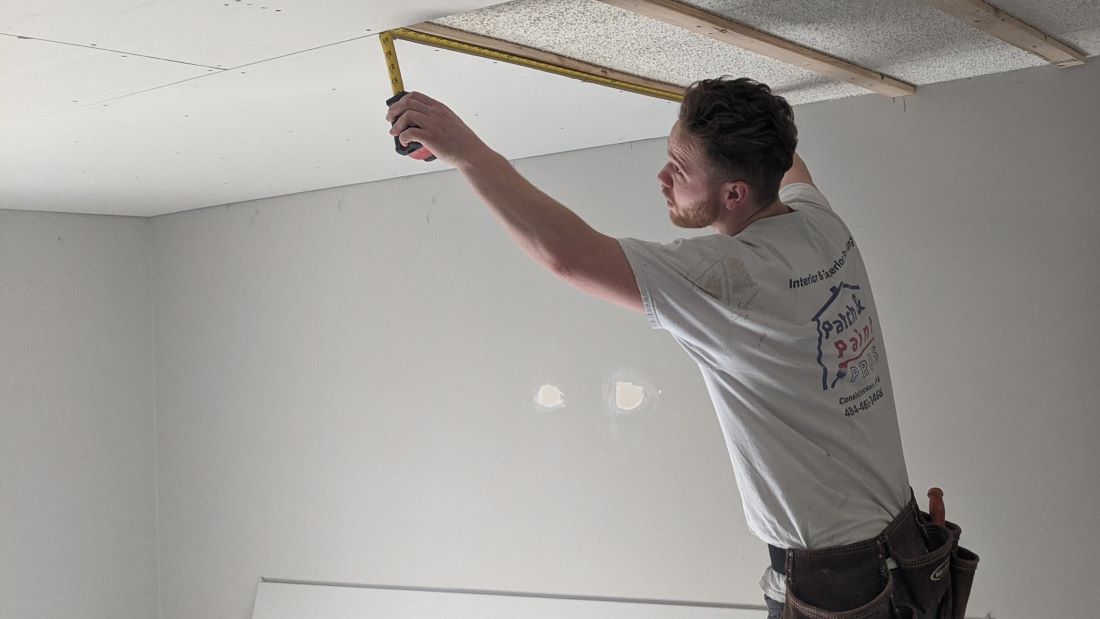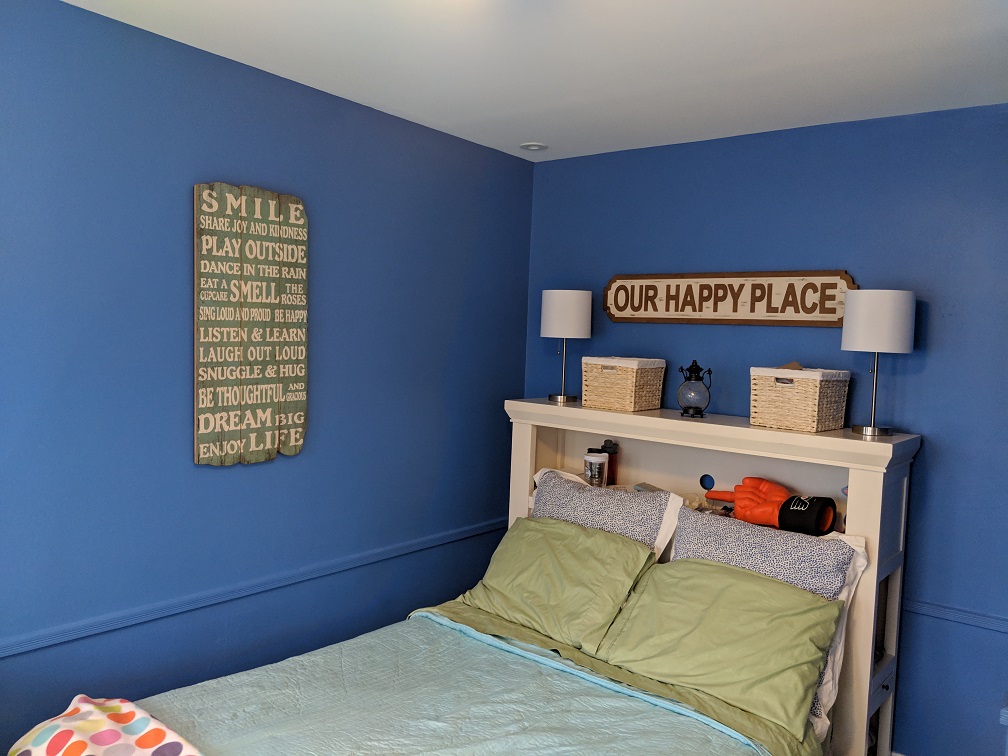Are you tired of seeing your paint job peel and flake off despite your best efforts? It can be frustrating to spend time and money on a project only to have it fail due to poor adhesion. But fear not, professional painters have encountered these challenges before and have solutions to help you achieve a long-lasting and beautiful finish.
The key to overcoming challenges with paint adhesion is proper surface preparation. Professional painters know that the success of any paint job relies heavily on the condition of the surface being painted. They will often spend more time prepping the surface than actually applying the paint. By following their techniques for sanding, cleaning, and priming, you can ensure that your paint will adhere properly and last for years to come. Keep reading for more tips from professional painters on how to overcome challenges with paint adhesion.
Understand the Importance of Surface Preparation
If you desire a long-lasting paint job, surface preparation should never be underestimated. Neglecting this crucial step is a common mistake made by homeowners when embarking on a painting project. While it may be tempting to dive right into painting, doing so can result in a range of problems. Improper adhesion of coatings can lead to peeling or flaking, ultimately compromising the appearance and durability of the paint job.
To ensure proper surface preparation, follow expert tips such as thorough surface cleaning, sanding rough areas, and applying primer before painting. These measures contribute to achieving optimal adhesion and a uniform thickness of the paint coat. Additionally, it’s essential to consider the impact of weathering on surfaces over time. Continuous exposure to sunlight and moisture can cause surface deterioration, making them less receptive to paint adhesion. By proactively addressing surface preparation, you can circumvent these issues and revel in a stunning finish that stands the test of time.
Remember, investing time and effort in surface preparation is a worthy endeavor that maximizes the longevity and physical properties of the coating film. With meticulous attention to detail, you can enjoy a beautiful paint job that remains intact and visually appealing for years to come.
Choose the Right Primer
You’ll be amazed at how much easier it is to get paint to stick when you use the right primer. Primer options are abundant, and choosing the right one can make all the difference in your painting project’s success. When troubleshooting adhesion issues, a common mistake is not using a primer or using the wrong type of primer for your surface.
There are several types of primers available, including oil-based, water-based, shellac-based, and bonding primers. Oil-based primers work best on metal and wood surfaces as they provide excellent adhesion and sealing properties. Water-based primers are ideal for drywall and plaster surfaces as they prevent moisture from penetrating the surface while offering superior adhesion properties. Shellac-based primers are perfect for problematic surfaces such as stained or glossy ones since they adhere well to these types of surfaces. Bonding primers have exceptional adhesive properties that allow them to bond with almost any surface even without sanding or etching. Selecting the appropriate primer will ensure that your paint adheres correctly and lasts longer.
Select the Right Type of Paint
When choosing the right type of paint for your project, it’s important to consider factors such as the surface being painted and the desired finish. Paint durability is another key factor that shouldn’t be overlooked. If you’re painting a high-traffic area or an exterior surface that will be exposed to harsh weather conditions, it’s essential to choose a paint that can withstand wear and tear without chipping or fading. Look for paints labeled as “high durability” or “exterior grade” for these types of projects.
Color selection is also an important aspect when selecting the right type of paint. Some colors may require multiple coats to achieve full coverage, while others may show imperfections more easily. It’s important to choose a color that complements your space while considering any potential challenges with application. Always test a small area before committing to a larger project, and consult with a professional painter if you’re unsure about which type of paint is best for your specific needs.
Properly Apply the Paint
Achieving optimal adhesion strength is crucial for a flawless and long-lasting paint job. Properly preparing the surface before painting is essential, as it prevents adhesion failure and ensures the paint adheres effectively. Unfortunately, some common mistakes can compromise the adhesion of the paint coat.
One of these mistakes is neglecting to clean and sand the surface beforehand. Failure to remove dirt, dust, and debris can hinder the paint from bonding properly, while a smooth surface enhances adhesion. Thoroughly cleaning and sanding the surface creates an ideal foundation for the new coat of paint.
Another pitfall to avoid is applying an excessive or insufficient amount of paint. Thick coats take longer to dry and are prone to cracking or peeling over time, while thin coats can result in an uneven finish, revealing patches of the underlying surface. To achieve optimal adhesion and a professional outcome, it is recommended to apply multiple thin layers of paint, allowing each coat to dry completely before applying the next. This technique also minimizes the risk of drips and runs, ensuring a seamless and flawless paint job.
By being mindful of these application techniques and avoiding common mistakes, you can enhance the adhesion strength of your paint coat, resulting in a beautiful and long-lasting finish. Remember to allocate sufficient time for surface preparation and apply the paint in thin, even layers, allowing for appropriate drying periods between coats.
Maintain the Paint Job
To maintain the longevity and bond strength of your paint coating, it’s crucial to prioritize regular care and implement preventive measures. Applying the paint correctly is only the first step; ongoing maintenance is essential for preserving its pristine appearance. One effective practice is to regularly clean your painted surfaces using mild soap and water. This gentle cleaning routine will remove accumulated dirt, grime, and other substances that can gradually deteriorate the quality of your paint.
In addition to cleaning, there are several aftercare tips that can significantly extend the life of your paint job. Firstly, refrain from using harsh chemicals or abrasive cleaners, as they can strip away the protective coating and compromise the resistance of the paint. Secondly, exercise caution when moving furniture or other objects around painted walls, as even minor scratches or dents can mar the surface. By being mindful of these precautions and maintaining diligent care for your painted surfaces, you can preserve their fresh and vibrant appearance for an extended period.
Remember, the bond strength of the coating process is essential for the longevity of your paint job. Regular cleaning and gentle maintenance practices safeguard against gradual damage and help maintain the resistance of your paint against external factors. By following these simple yet effective measures, you can enjoy the lasting beauty and durability of your painted surfaces for years to come.
Final Thoughts
So now that you’ve learned about the importance of surface preparation, choosing the right primer and paint, and properly applying and maintaining your paint job, you’re on your way to overcoming any challenges with paint adhesion. Remember to take your time with each step and not rush through the process. Whether you’re a professional painter or a DIY enthusiast, these solutions will help ensure a successful paint job.
By following these tips, you’ll be able to achieve long-lasting results that enhance the beauty of your space. Don’t let issues with paint adhesion discourage you from achieving your desired look. With patience, attention to detail, and the right tools at hand, you can tackle any challenge that comes your way. Happy painting!











